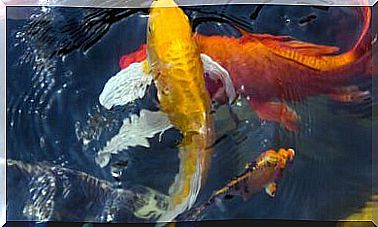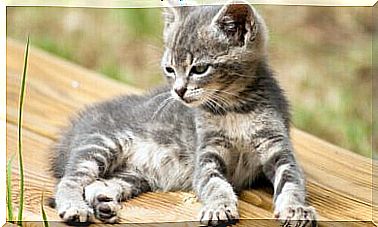Urolithiasis In Cats: Causes, Symptoms And Treatment
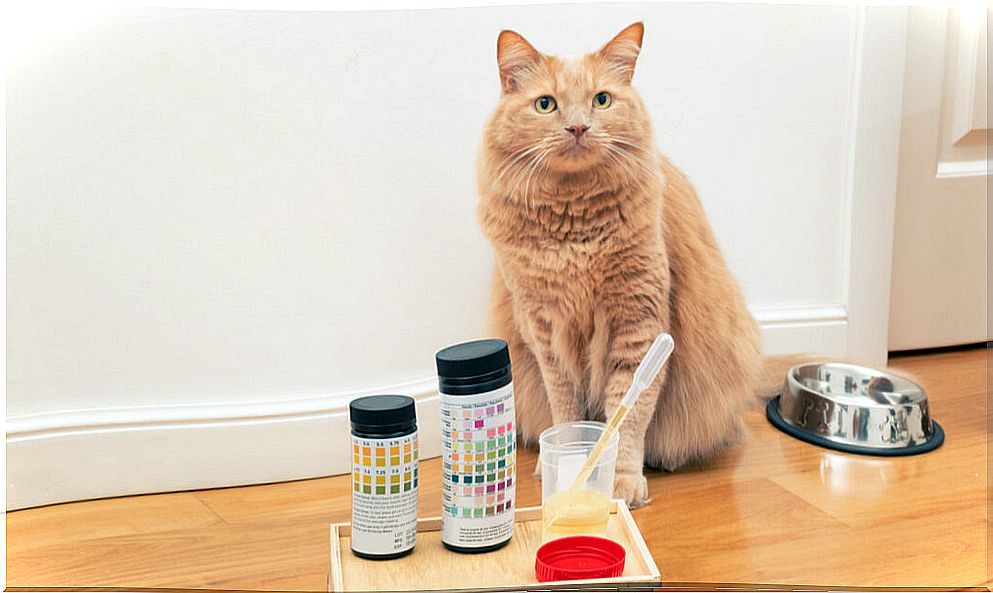
Urolithiasis in cats is a disease characterized by the appearance of stones – nephroliths and uroliths – in the kidneys or in parts of the urinary tract of the animal. 1% of domestic cats will suffer from this disease for their entire life and, moreover, it can be fatal in the most severe cases.
When stones formed in the animal’s urinary tract block a duct, the feline’s life is in serious danger. In the following lines we present the causes and symptoms of urolithiasis in cats, with the aim of being able to detect it in time, before it becomes a lethal disease.
What is urolithiasis in cats and what causes it?
The minerals that naturally circulate in the urine can end up turning into crystalline lumps. Crystals in domestic cats are usually composed of calcium oxalate – in 70% of cases – struvite, calcium phosphate, purines and other mixed compounds.
Urolithiasis is a direct consequence of the loss of solubility of the circulating ions in the urine, which causes their precipitation and the formation of crystals. These mineral accumulations appear as a consequence of some pathological conditions, since in a normal situation, urine inhibits the formation of crystals and the appearance of stones.
The composition of the stones may provide clues to the causative agent of the disease, but their origin is still not completely clear in the scientific community. However, we can cite a number of probable triggers in the following list:
- Too high levels of calcium and other minerals in the body. Chronic kidney disease and cancer can promote this condition, because if the kidneys fail to filter the blood properly, some substances build up.
- An atypical urinary pH. If the urine pH is higher or lower than normal, it can lead to the deposition of mineral crystals with different chemical properties.
- Too concentrated urine that remains stored in the body. Urine retention can promote the appearance of urolithiasis and this can be triggered by stress, obesity, neurological problems or orthopedic imbalances, among others.
However, these clinical events do not necessarily lead to urolithiasis in cats. Acquired diseases and congenital predispositions can play a very important role in the emergence of kidney stones, but their mechanism of appearance is still not completely clear.
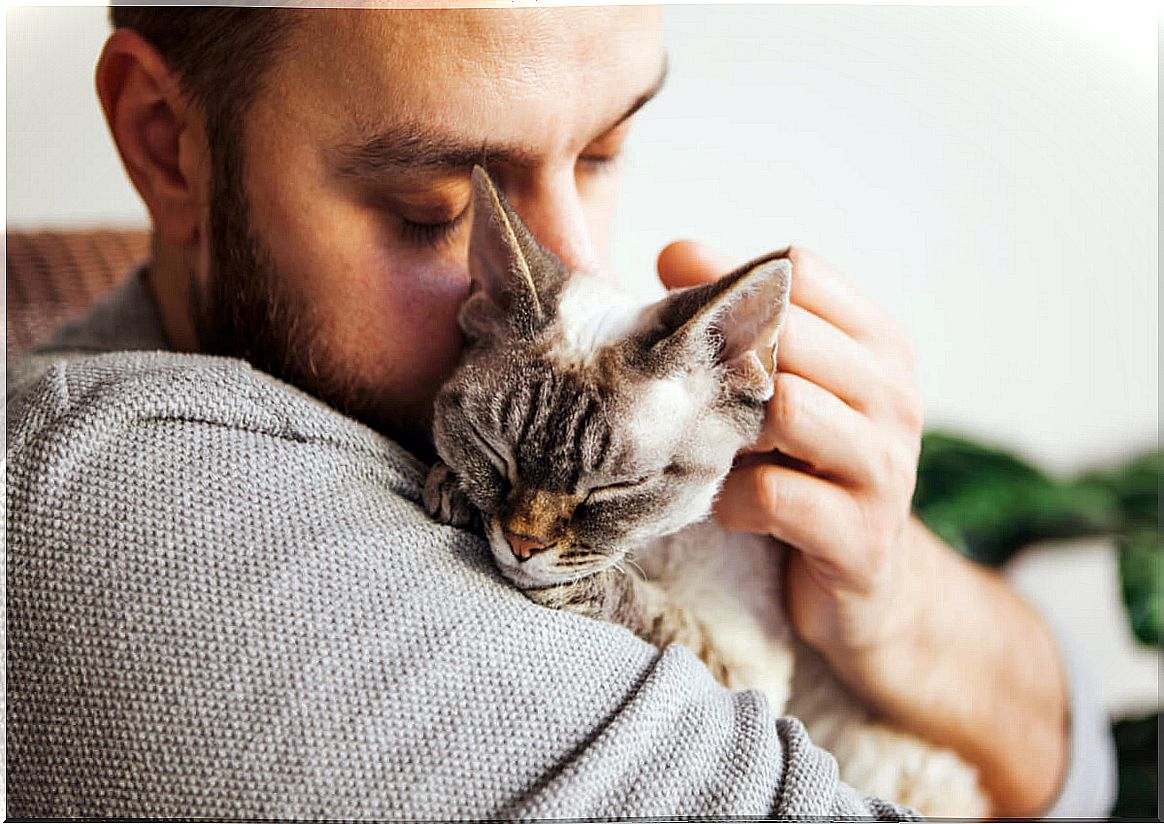
Symptoms
As indicated by the MSD Manuals portal , a cat that has small kidney stones can be asymptomatic. In any case, the increased mineral accumulations are capable of obstructing some essential channels for urination, which is evidenced by various clinical signs. Among them, we highlight the following:
- Difficulty urinating, an event that results in a reduction in urination. When the cat is completely unable to pass urine, a clinical picture known as anuria develops.
- Blood in the urine (haematuria).
- Urination out of the sandbox in unusual places and times.
- Pain, even if cats are adept at masking it.
In particular, in some cases, the calculations are “inactive”. This means that they are showing no signs of infection, they are not growing and they are not blocking any ducts. In these scenarios, their extraction may be delayed, but the animal must be monitored periodically.
Diagnosis and treatment of urolithiasis in cats
In some cases, the vet is able to perceive the stones directly by touching the cat’s abdomen. In any case, urinalysis and imaging tests showing the feline’s urinary system are always required. In addition, it is essential to obtain a sample from a calculation to describe its chemical composition and possible causes.
One of the most effective methods of treating urolithiasis is extracorporeal shock wave lithotripsy (ESWL). In this treatment, ultrasonic waves are used that destroy mineral crystals, which allows the unblocking of the urinary channels and the passage of urine. The decrease in the diameter of the stones favors their elimination.
In severe cases, immediate surgery may be required which involves manual removal of the stones. These will be sent to a laboratory and analyzed, in order to understand what was the cause and what to do after the operation.
Prevention
It is difficult to prevent urolithiasis in cats, as some felines are genetically predisposed to kidney failure. For example, up to 50% of Persian cats develop polycystic kidneys, a condition that ends up being lethal over time. Unfortunately, these diseases cannot be avoided.
However, a low-protein diet is believed to minimize the chances of crystal formation. In addition, it is advisable to regularly provide the cat with wet food, because the more water the cat consumes – directly or indirectly -, the more diluted the urine it produces.
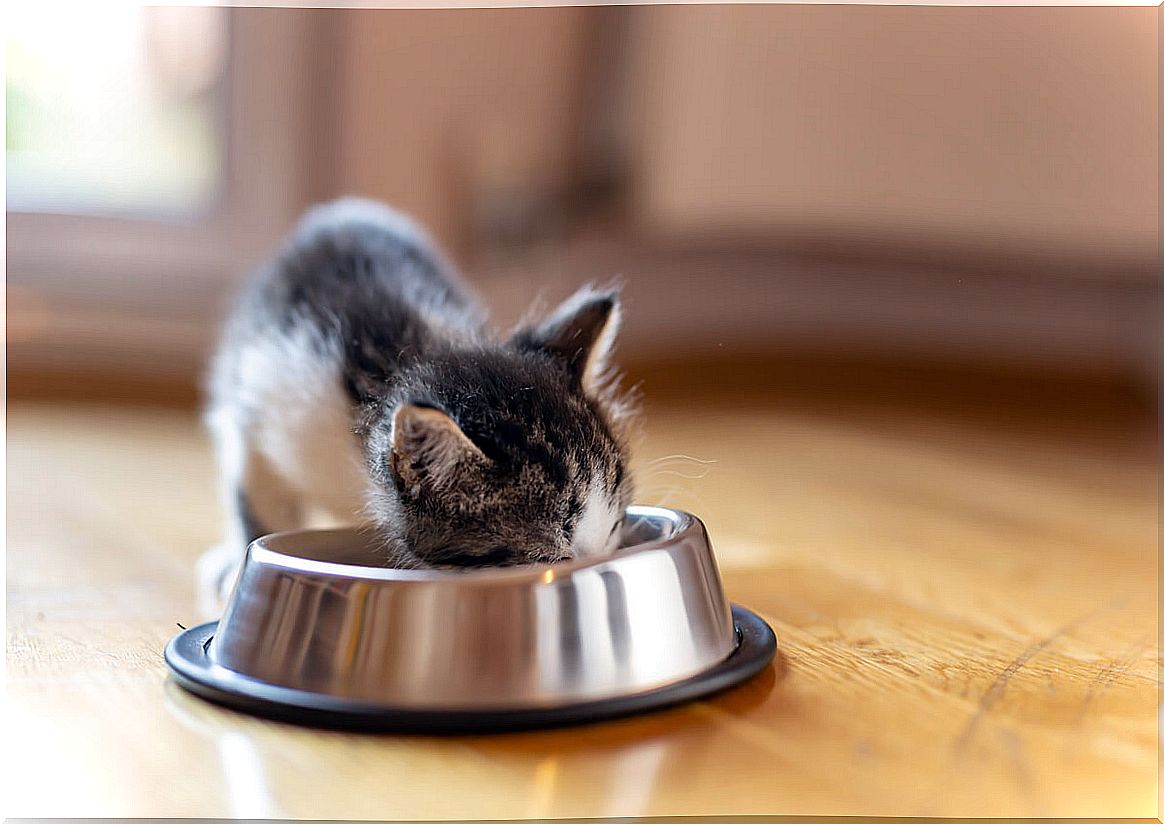
As you have seen, this disease is still quite unknown in the veterinary world. Its symptoms and treatments have been carefully studied, but in many cases the causes are not entirely clear. Therefore, rather than preventing the disease, it is necessary to detect it in time if it occurs and to go to the vet quickly.

